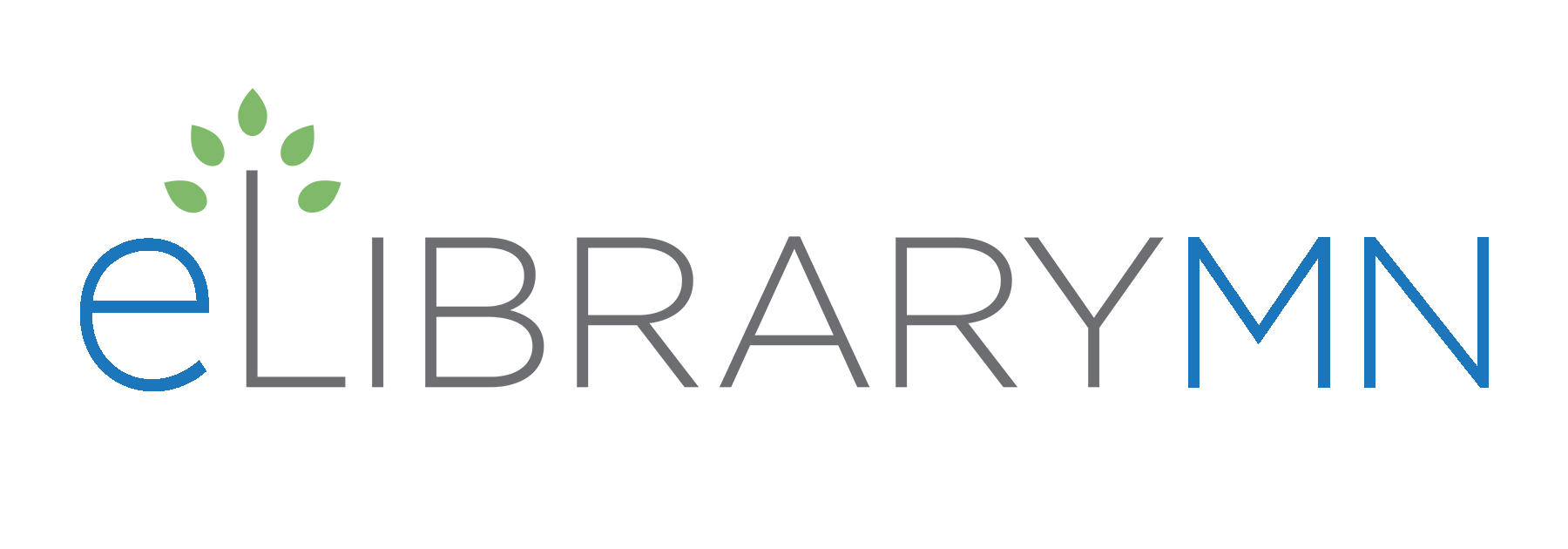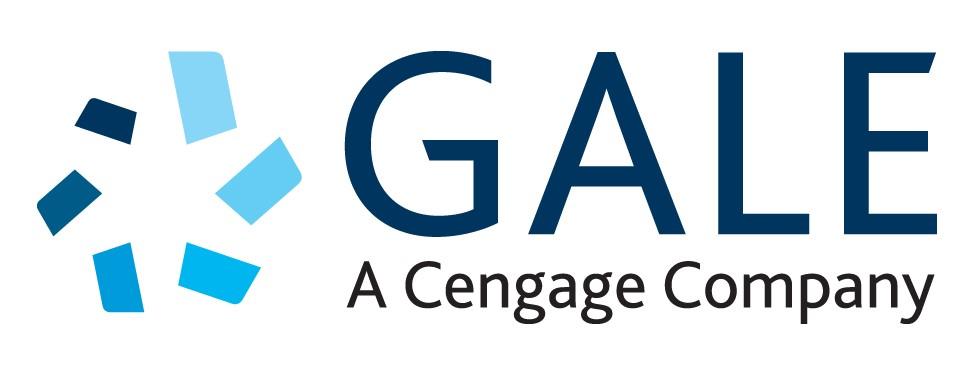by Linda Mork
Quick Summary
Along with changing their names, Gale has updated some features within their databases. One of these updates involves their Content Level indicators.

Along with changing their names, Gale has updated some features within their databases. One of these updates involves their Content Level indicators. Gale's Content Levels can be used to guide learners to reference, magazine, journal, and news articles best suited to their needs and reading abilities. These levels are based on the Lexile measure of a document or a target audience if there is no Lexile measure available.
Previously, in Gale's Student Resources In Context and Research In Context, documents were assigned one of three levels indicated by a green circle, yellow square, or red triangle. Now, in their new Gale In Context: High School and Gale In Context: Middle School databases, documents are assigned one of five levels. The new indicators resemble dice; they are all square, but are different colors and display dots which increase with the complexity of the text. Both the Content Level indicator and the Lexile measure (if available) will display on search results and individual documents.
- Level 1 (green, 1 dot): Up to 500L - Generally lower elementary
- Level 2 (light blue, 2 dots): 501L-850L - Generally upper elementary
- Level 3 (dark blue, 3 dots): 851L-1100L - Generally middle school
- Level 4 (purple, 4 dots): 1101L-1300L - Generally high school
- Level 5 (red, 5 dots): 1301L and Up - Generally high school and above
To find leveled content after running a Basic Search: Click a content type to access sorting and filtering options. Select Content Level from the drop-down Sort by menu to view results in order from basic through advanced. Click Filter Your Results options to apply Lexile Measure and Content Level limits appropriate to your needs.
In an Advanced Search: Select drop-down Content Levels or Lexile Measures, or enter your own Lexile numbers. Or add Content Levels or Lexile Measure limiters to search terms for results targeted to individuals’ needs, or use them independently for a broad view of available content.
To learn more, visit https://support.gale.com/training/




